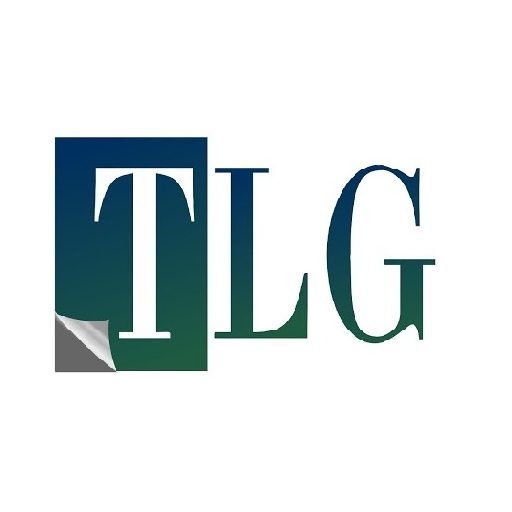Westpac business lending expansion is emerging as a defining move in Australia’s competitive banking sector. The bank has launched an ambitious plan to hire 350–500 business bankers by 2027. Already, 135 bankers were added in the first half of 2025, signaling the seriousness of its intent. This push directly targets market leaders such as Commonwealth Bank and National Australia Bank.
The expansion is financially strategic. Westpac’s Business and Wealth division delivered A$1.1 billion in profit during the first half of 2025. That accounted for 32% of the bank’s net earnings. Lending in this segment grew 15% annually, fueled by high-growth sectors like healthcare and technology. Clearly, business lending has become a core driver of profitability.
Technology is also reshaping the division’s efficiency. Westpac introduced its AI-powered BizEdge platform to speed up lending decisions. Processing times dropped from more than 14 hours to just six to eight hours. Faster approvals are improving customer satisfaction while also lowering operational costs. The tool gives Westpac a sharp competitive edge in an industry focused on speed and service.
Recent numbers highlight the impact of the expansion. Westpac’s business lending market share climbed from 15.3% to 16.1% within a year. That rise equals a 125-basis-point gain. Growth has been especially strong in regional Australia, where new centers in towns like Moree and Leongatha are connecting with underserved SMEs. With small businesses making up 98% of all Australian firms, regional outreach strengthens the bank’s long-term positioning.
Favorable macroeconomic conditions further support this momentum. Westpac posted A$1.9 billion in net profit for the third quarter of 2025. The increase was largely powered by business and institutional loan demand. Lower interest rates and softer inflation created a supportive backdrop. Additionally, a net interest margin of 1.99% and a CET1 capital ratio of 12.3% demonstrate financial resilience.
However, challenges remain for Westpac business lending expansion. The low-rate environment could weigh on margins, while rising competition may intensify pricing pressures. Hiring hundreds of bankers also adds significant cost burdens. To sustain long-term profitability, Westpac must balance growth with discipline. Maintaining its 13-year average return on equity of 10.26% will require careful execution.
By blending new hires, advanced technology, and regional outreach, the bank is positioning itself for leadership in the SME sector. Success will depend on cost control and sustained efficiency, but the foundations for long-term dominance appear firmly in place.




